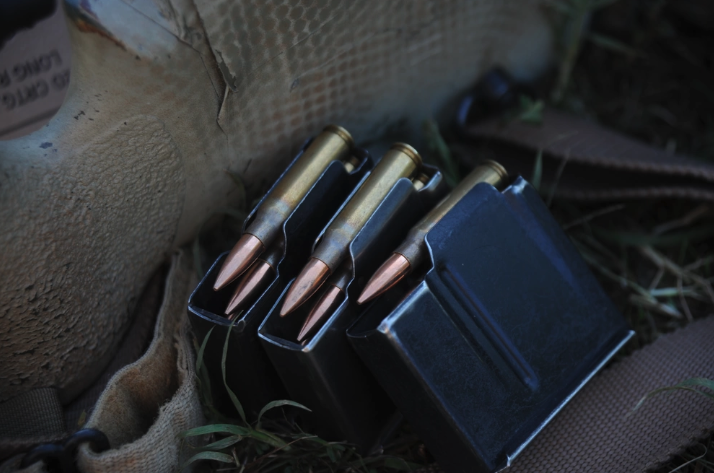HOP Blog
.308 Caliber vs. .30-06: Detailed Comparison
Choosing between the .308 Winchester and the .30-06 Springfield is a decision many hunters and precision shooters face. It’s a decision that can significantly impact your performance in the field or at the range. Whether chasing trophy elk through dense forests or aiming for a tight shot group at 1,000 yards, the right cartridge makes all the difference.
In this article, we’ll dive into the battle of .308 vs. .30-06, two legendary cartridges with proven track records. You’ll discover their key differences and similarities and find out which one is better suited for your specific needs. Plus, we’ll introduce you to HOP Munitions’ top-tier loads for both calibers—crafted with precision to give you the edge when it counts.
By the end, you’ll have the knowledge and confidence to choose the cartridge that will elevate your shooting experience, backed by the expertise and quality of HOP Munitions. Let’s find out which round deserves a place in your arsenal.
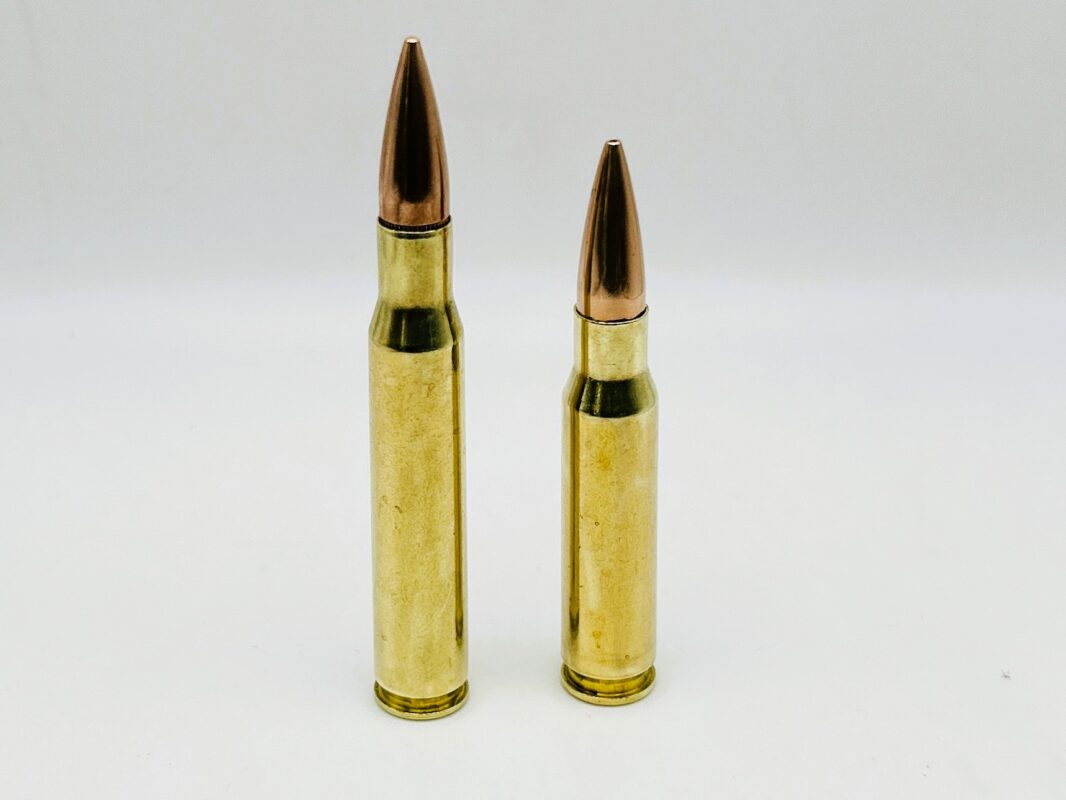
Key Takeaways
- Historical Significance: The .30-06 Springfield has a rich military history, serving as a primary cartridge in both World Wars and the Vietnam War. The .308 Winchester, introduced later, became popular for its efficiency and versatility, adopted by the military as the 7.62x51mm NATO.
- Ballistics Performance: The .30-06 generally offers higher velocity and energy, making it suitable for long-range shooting and hunting larger game. The .308 provides a balanced trajectory with less recoil, ideal for precision shooting and medium-sized game.
- Recoil Management: The .308 Winchester is favored for its manageable recoil, making it easier to shoot accurately over extended periods. The .30-06, while offering more power, generates more recoil, which may affect shooter comfort during long sessions.
- HOP Munitions Loads: HOP Munitions offers premium loads for both cartridges:
- .30-06 150gr FMJ M1 Garand M2 Ball: Designed for reliable performance with classic rifles, offering consistent velocity and penetration.
- .308 Win 168gr HPBT: Ideal for precision shooting, providing tight groups and excellent long-range accuracy.
- Application: Choose the .30-06 for big game hunting and scenarios requiring maximum power. Opt for the .308 for precision shooting, competitive sports, and hunting medium-sized game.
Historical Background and Development
The .308 Winchester and .30-06 Springfield have rich histories contributing to their popularity. Understanding where they come from can provide valuable context for why these cartridges perform the way they do today.
.30-06 Springfield: A Legacy of Military Excellence
The .30-06 Springfield was introduced by the U.S. military in 1906, earning its name from the year of adoption (1906) and the caliber (.30). It was developed as an upgrade from the earlier .30-03 cartridge, with improvements that made it a more effective round for the rifles of the time, particularly the iconic M1903 Springfield and later, the M1 Garand. The .30-06 served as the standard U.S. military rifle cartridge through both World Wars and into the early Cold War era. Its versatility made it effective for everything from machine guns to sniper rifles, and it eventually became a favorite among civilian hunters and long-range shooters.
During the Vietnam War, U.S. snipers utilized the .30-06 Springfield cartridge in rifles like the Military Model 70. The .30-06 was favored for its long-range accuracy and powerful ballistics, which made it suitable for engaging targets at extended distances in the dense jungles and open fields of Vietnam. The legacy of the .30-06 in military service has cemented its place as one of the most revered rifle cartridges in history.
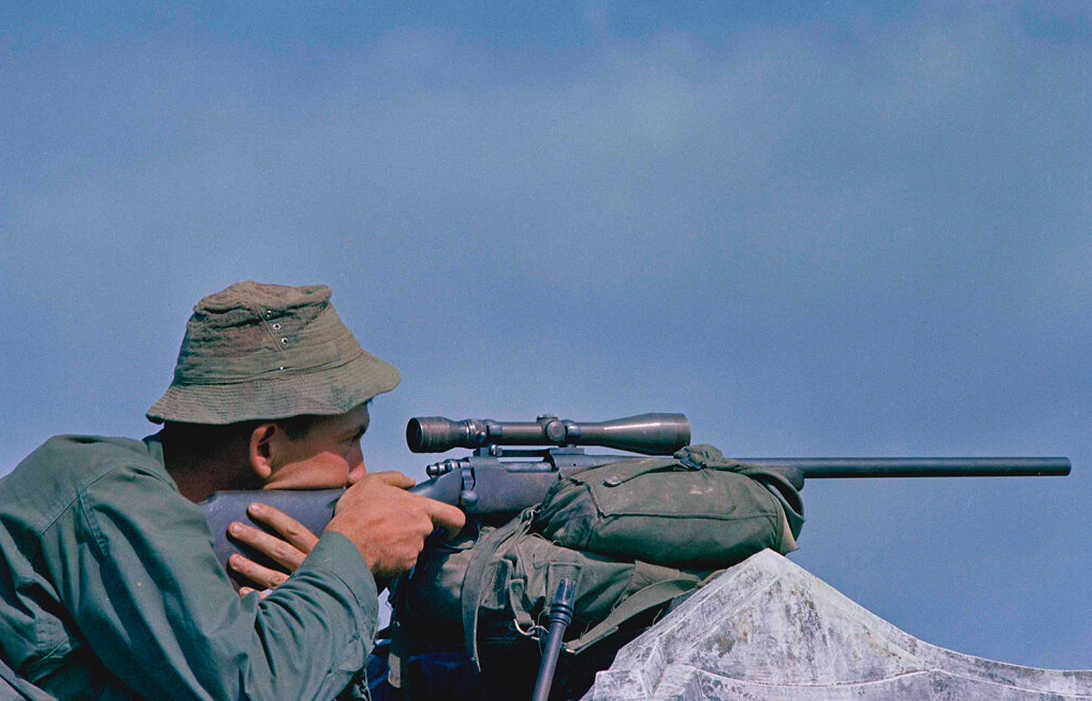
.308 Winchester: The Modern Contender
The .308 Winchester was introduced in 1952 as a commercial cartridge and quickly gained a reputation for its efficiency and accuracy. It was developed as a shorter, lighter replacement for the .30-06, designed to provide similar performance with less recoil and more compact ammunition. The military adopted a version of the .308 as the 7.62x51mm NATO, which remains in use today in various rifles and machine guns.
Like the .30-06, the .308 Winchester was also used in sniper rifles during the Vietnam War. U.S. snipers employed the 7.62x51mm NATO (.308 Win.) cartridge in rifles such as the M40 and the XM21, which were known for their accuracy and reliability. The .308 Winchester became a favorite among military snipers due to its consistent performance, particularly in environments where precision and quick follow-up shots were critical.
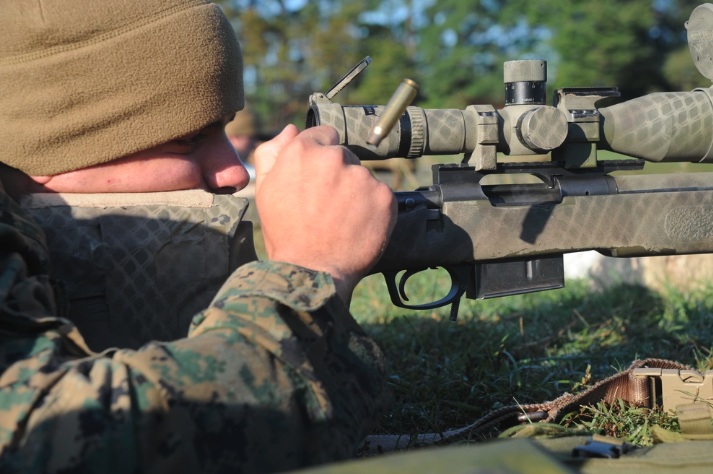
In the civilian market, the .308 has become one of the most popular cartridges for hunting, target shooting, and tactical applications, because of its consistent performance and adaptability.
.308 vs .30-06 – Comparing Recoil, Ballistics, Stopping Power and more
When comparing the .308 Winchester and .30-06 Springfield, it’s essential to examine their ballistic performance, which includes factors like velocity, energy, trajectory, and recoil. These elements play a crucial role in determining how each cartridge performs in different shooting scenarios.
Velocity and Energy
The .30-06 Springfield typically offers a slight advantage in velocity and energy over the .308 Winchester, primarily due to its larger case capacity, which allows it to hold more powder. This extra powder enables the .30-06 to push heavier bullets at higher velocities, resulting in greater kinetic energy downrange.
For example, a typical .30-06 load firing a 150-grain bullet can achieve velocities around 2,900 feet per second (fps), while a similar .308 load might reach approximately 2,800 fps. This difference, though seemingly small, can translate to more impactful hits on larger game animals, making the .30-06 a popular choice for big game hunting.
Trajectory
The trajectory, or the path a bullet takes after leaving the barrel, is another critical factor to consider. The flatter the trajectory, the less bullet drop a shooter needs to account for at extended ranges. Thanks to its slightly higher velocity, the .30-06 generally has a flatter trajectory than the .308 Winchester, especially with heavier bullets. This can be an advantage when shooting at longer distances, where even a slight difference in bullet drop can affect accuracy.
However, modern advancements in bullet design and powder technology have narrowed the gap between the two cartridges. Many .308 loads now feature high ballistic coefficient (BC) bullets that maintain velocity better over distance, helping to reduce the difference in trajectory compared to the .30-06.
Recoil
Recoil is a significant consideration, especially for shooters who plan to spend long hours at the range or in the field. The .308 Winchester is often praised for its manageable recoil, which is generally less than that of the .30-06 Springfield.
This reduced recoil can make a big difference in shooter comfort, allowing for quicker follow-up shots and less fatigue over time. For many hunters and target shooters, the .308’s milder recoil is a key reason for choosing it over the .30-06, particularly when accuracy and precision are paramount.
Application in Hunting and Shooting Sports
Both the .308 and .30-06 excel in a variety of hunting and shooting applications, but their specific strengths make them more suited to different scenarios. The .30-06, with its higher energy and velocity, is often the cartridge of choice for hunting larger game like elk and moose, where deep penetration and stopping power are crucial.
On the other hand, the .308’s balance of accuracy, reduced recoil, and sufficient power makes it ideal for medium-sized game such as deer and hogs, as well as for competitive shooting events like precision rifle matches.
HOP Munitions .308 and .30-06 Loads: Superior Performance for Every Application
When choosing the right ammunition, the quality and consistency of the load are just as important as the caliber itself. HOP Munitions is known for producing high-quality ammunition that delivers reliable performance, shot after shot. Here, we’ll look closer at our premium offerings: the .30-06 150gr FMJ M1 Garand M2 Ball and the .308 Win 168gr HPBT.
HOP Munitions .30-06 150gr FMJ M1 Garand M2 Ball
The .30-06 150gr FMJ M1 Garand M2 Ball from HOP Munitions is designed with the classic M1 Garand in mind, but it’s also an excellent choice for any rifle chambered in .30-06 Springfield. This load is meticulously crafted to provide consistent velocity and accuracy, ensuring that each shot lands exactly where you intend.
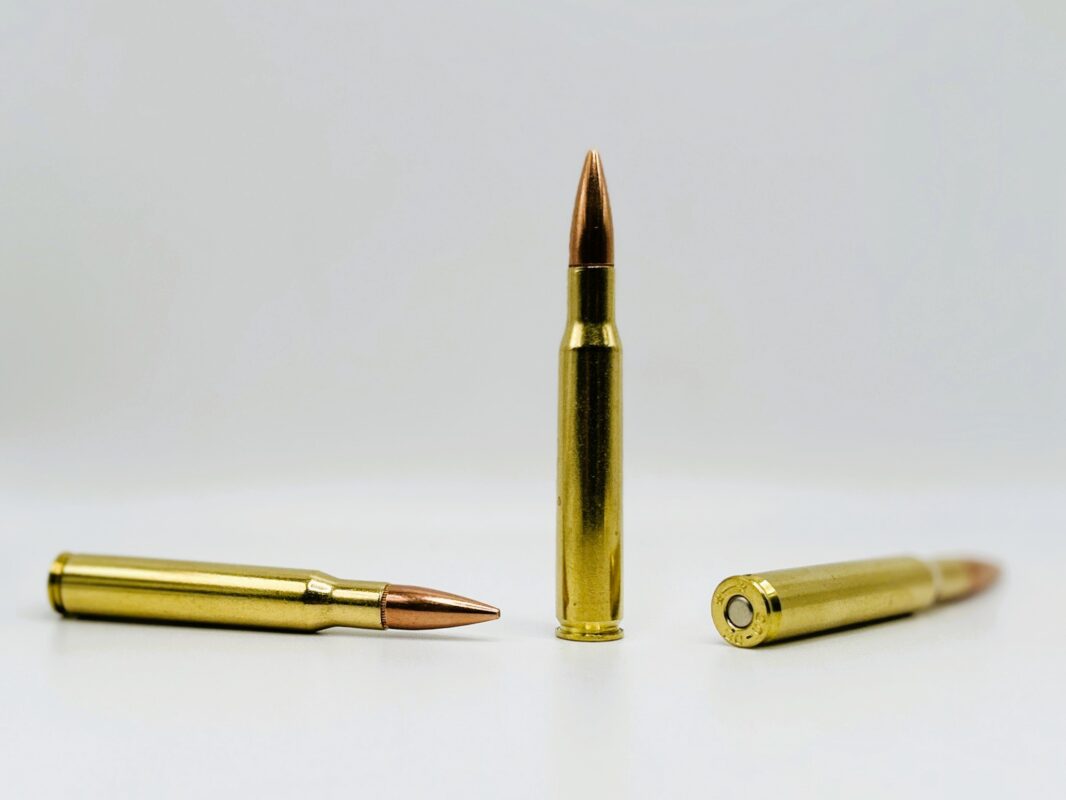
- Bullet Weight: 150 grains
- Bullet Type: Full Metal Jacket (FMJ)
- Muzzle Velocity: Approximately 2,740 feet per second (fps)
- Muzzle Energy: Approximately 2,502 foot-pounds (ft-lbs)
This load is ideal for both target shooting and hunting, offering a balanced combination of speed and power. The 150-grain FMJ bullet provides reliable penetration, making it a solid choice for medium to large game. Additionally, its design ensures that it functions flawlessly in semi-automatic rifles like the M1 Garand, preventing issues like feeding jams that can occur with less precisely manufactured ammunition.
HOP Munitions .308 Win 168gr HPBT
For those who prefer the .308 Winchester, HOP Munitions offers the 168gr Hollow Point Boat Tail (HPBT) load, which is perfect for precision shooting and hunting applications where accuracy is paramount. This load is crafted to provide tight groups at long ranges, making it a favorite among competitive shooters and hunters alike.
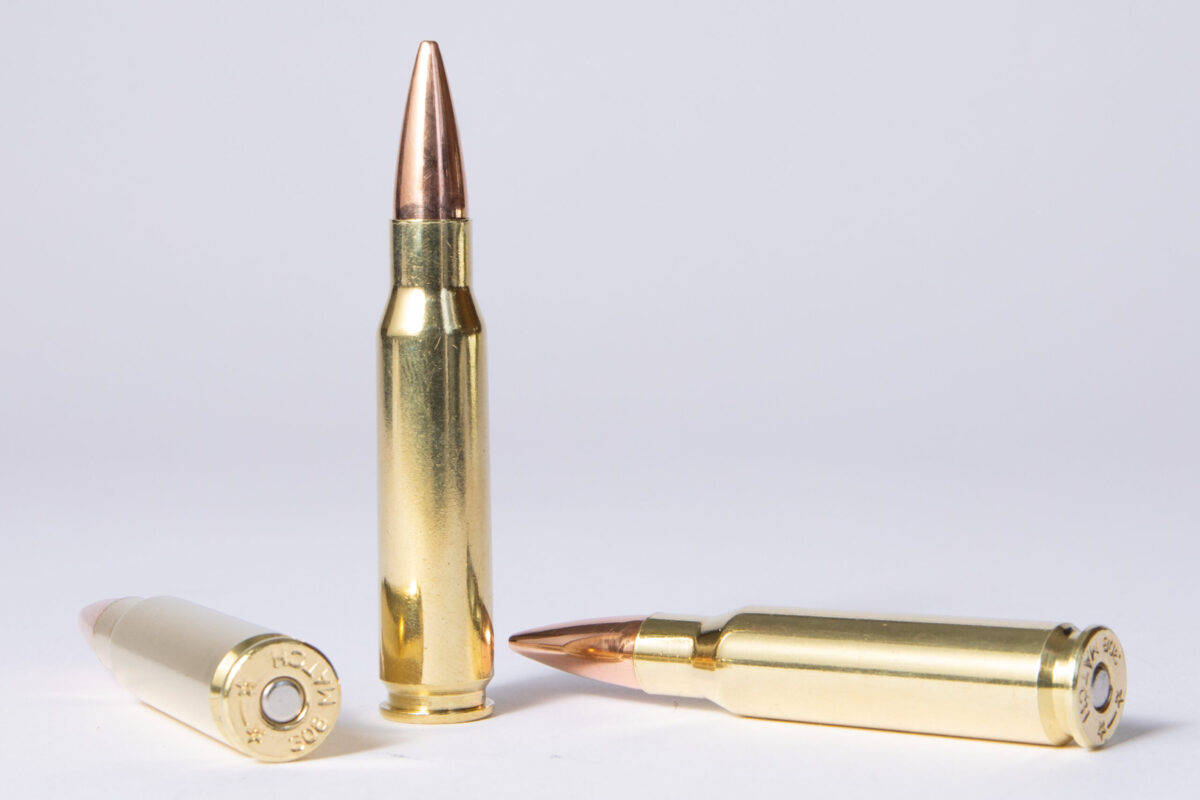
- Bullet Weight: 168 grains
- Bullet Type: Hollow Point Boat Tail (HPBT)
- Muzzle Velocity: Approximately 2,600 feet per second (fps)
- Muzzle Energy: Approximately 2,527 foot-pounds (ft-lbs)
The 168gr HPBT bullet is designed for maximum accuracy, with a high ballistic coefficient that helps maintain velocity and minimize wind drift over long distances. Precision is critical, making it an excellent choice for long-range shooting and hunting situations. Whether you’re punching holes in paper at 1,000 yards or taking down a distant whitetail, this .308 load from HOP Munitions delivers the performance you need.
Conclusion
Choosing the right cartridge between the .308 Winchester and the .30-06 Springfield can elevate your shooting experience, whether you’re out in the wild or on the range. The .30-06 offers unmatched power and velocity, making it the ideal choice for taking down large game at extended ranges. On the other hand, the .308 Winchester delivers a perfect balance of accuracy and manageable recoil, making it a go-to for precision shooting and medium-sized game hunting.
These legendary cartridges have earned their place in the history of shooting sports and hunting, but the one right for you depends on your needs. With HOP Munitions’ premium loads—like the .30-06 150gr FMJ M1 Garand M2 Ball and the .308 Win 168gr HPBT—you’re not just buying ammunition; you’re investing in superior performance, reliability, and success.
Now that you have the insights to make an educated decision, it’s time to take action.

